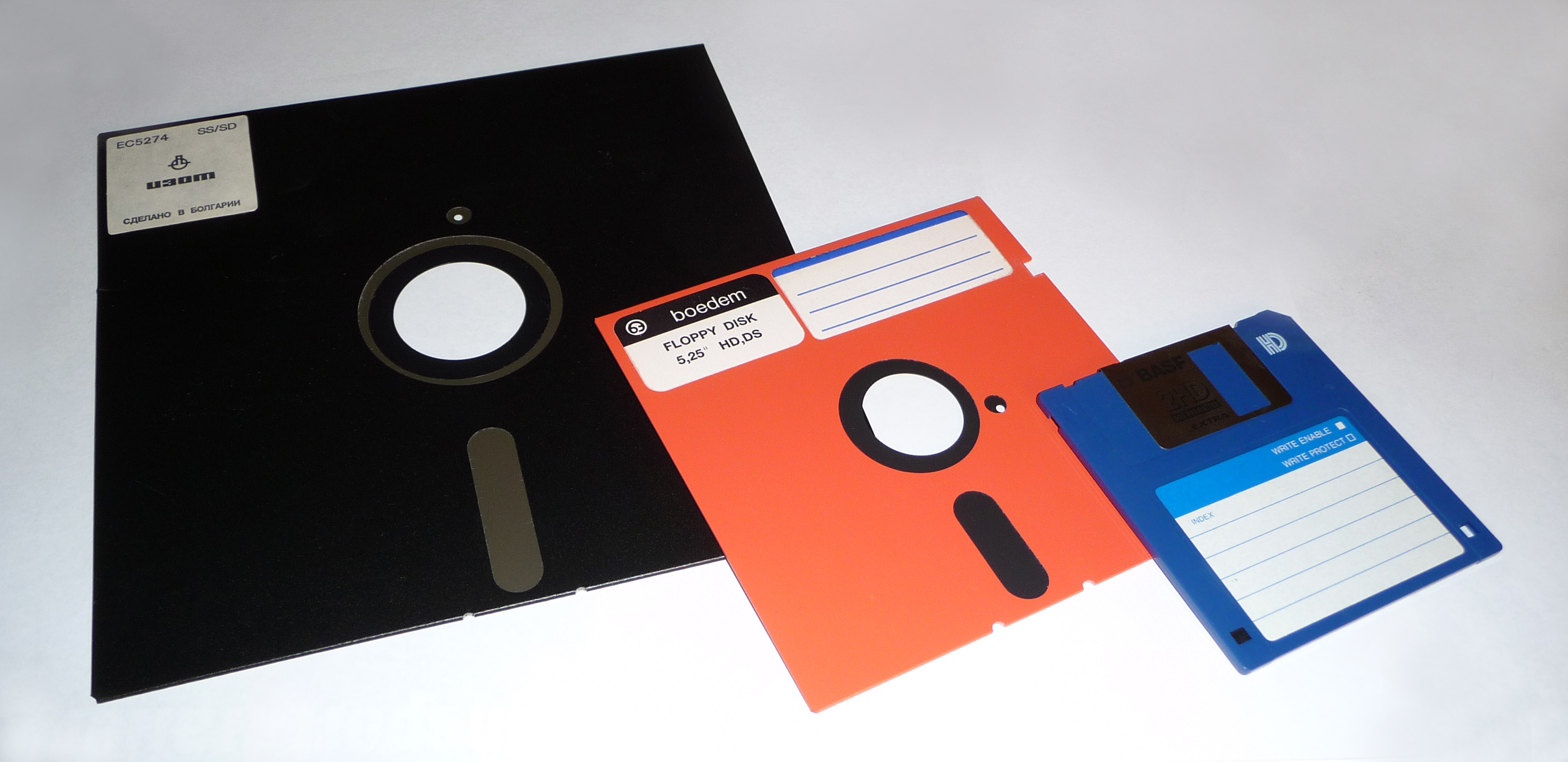
SaaS-y!
Welcome to the future. Except the future is now!
Only twenty years ago at the turn of the new century, we were all still using disk drives and storing information in our office servers, hard drives and back up systems. For those of us older than twenty, you might still remember the floppy disks which were often subject to piracy issues. It wasn’t very safe and it was often difficult to transport that information around with you unless you had a laptop you could carry. Safety, reliability and mobility were huge issues.

Fast forward to today, Software as a Service (SaaS) is all the rage and almost all new software companies would not dream of competing in this ultra competitive and fast changing landscape without using the SaaS model. By going from a transactional based revenue stream to a far more stable recurring revenue stream, SaaS has transformed both small and large businesses alike and sent them to a growth trajectory that is more typical of a smaller fast growing technology firm, growing at a good clip for years and decades to come. It is hard to imagine, but we are seeing it play out right now.
So what is SaaS?
SaaS is simply a subscription service that allows users to connect to each other, and to work and share information through the use of cloud-based apps over the internet. It disregards the need to install software or purchase expensive hardware that you need to keep updating and maintaining. It provides a complete software solution where the users purchase the solution on a pay-as-you-go basis. As this is all done over the internet browser, it is free to access, is simple and allows us to be mobile while maintaining consistency, security and mobility over the information, as these are all stored with the cloud service provider. Paying a small fee each month means the customer also wins by allowing them the ease of forecasting and meeting company budgets without the big upfront spend.

Our view
Make no mistake about it. The powerful shift from upfront license fees when purchasing a software to a subscription-based, cloud-based model is here to stay. In fact, we think the runway still has a long way to go. You may or may not have realised it but SaaS is now a part of our daily lives, both personally and professionally. From opening Excel spreadsheets to video meetings to online purchases through to customer relationships, most businesses now, large or small, are using or selling some form of SaaS.
There are always hiccups and varying degrees of disruption and difficulty when making a transition like this. The initial effect tends to be a decline in revenue and growth, due to lower upfront fees and implementation of monthly subscription fees. However, research has shown that for companies that have made this shift successfully, their businesses have become stronger and allows them to grow faster in the years ahead. So much so that it can be argued that some of the strongest SaaS businesses in the world are almost “recession-proof.” That’s a big call to make, but when you look into their financial metrics and consistency of returns, throughout differing economic cycles, these companies continue to show returns that are the envy of the business world.
Some of the largest and strongest businesses are literally service businesses now. The products form part of a service that is incorporated in their software solutions which can become “mission critical” especially for firms competing in the digital economy. Through subscription services, these companies can push through tough economic conditions with high recurring annuity-like revenues and achieve greater earnings consistency.
It is rare to see an investment portfolio these days without some level of exposure to SaaS businesses either directly or through a fund. As such, should you wish to better understand the implications of SaaS or review the exposure you already have or might like to have in your long term investment portfolio, please do not hesitate to discuss this with your dedicated Financial Decisions adviser.
Disclaimer: This publication has been compiled by Financial Decisions (AFSL/ACL Number 341678). Past performance is not a reliable indicator of future performance. While every effort has been taken to ensure that the assumptions on which the outlooks given in this publication are based on reasonable data, the outlooks may be based on incorrect assumptions or may not take into account known or unknown risk and uncertainties. Material contained in this publication is an overview or summary only and it should not be considered a comprehensive statement on any matter nor relied upon as such. The information and any advice in this publication do not take into account your personal objectives, financial situation or needs. Therefore you should consider its appropriateness having regard to these factors before acting on it. While the information contained in this publication is based on information obtained from sources believed to be reliable, it has not been independently verified. To the maximum extent permitted by law: (a) no guarantee, representation or warranty is given that any information or advice in this publication is complete, accurate, up-to-date or fit for any purpose; and (b) Financial Decisions nor its employees are in any way liable to you (including for negligence) in respect of any reliance upon such information or advice. April 2021
Contact: Financial Decisions PO Box 484 Mona Vale NSW 1660, T 02 9997 4647, F 02 9997 7407
